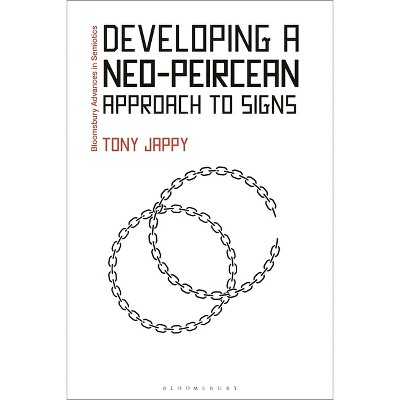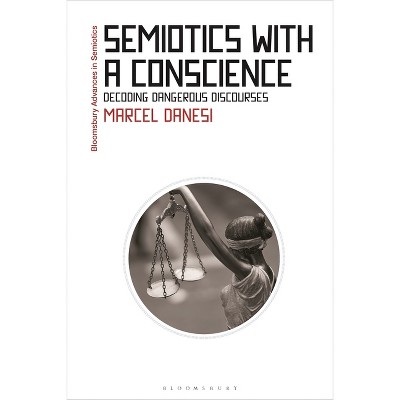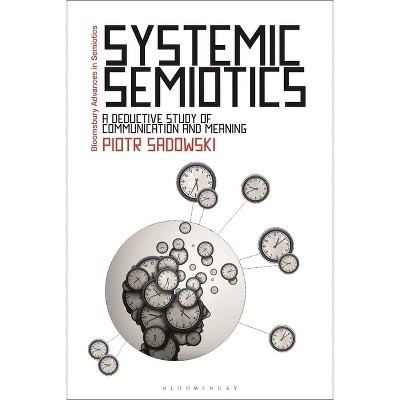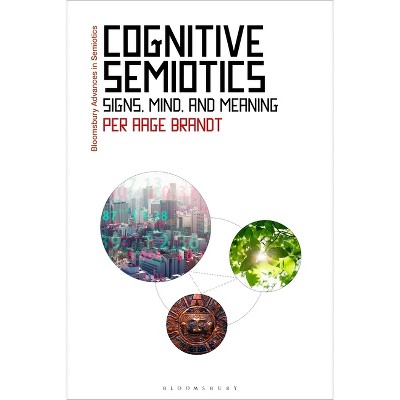The Semiotics of Architecture in Video Games - (Bloomsbury Advances in Semiotics) by Gabriele Aroni

$135.00 when purchased online
Target Online store #3991
About this item
Highlights
- Video games are among the most popular media on the planet, and billions of people inhabit these virtual worlds on a daily basis.
- About the Author: Gabriele Aroni is Senior Lecturer in Game Arts at the School of Digital Arts of Manchester Metropolitan University, UK.
- 192 Pages
- Literary Criticism, Semiotics & Theory
- Series Name: Bloomsbury Advances in Semiotics
Description
Book Synopsis
Video games are among the most popular media on the planet, and billions of people inhabit these virtual worlds on a daily basis. This book investigates the architecture of video games, the buildings, roads and cities in which gamers play out their roles. Examining both the aesthetic aspects and symbolic roles of video game architecture as they relate to gameplay, Gabriele Aroni tackles a number of questions, including:- How digital architecture relates to real architecture
- Where the inspiration for digital gaming architecture comes from, and how it moves into new directions
- How the design of virtual architecture influences gameplay and storytelling.
Looking at how architecture in video games communicates and interacts with players, this book combines semiotics and architecture theory to display how architecture is used in a variety of situations, with different aims and results. Using case studies from NaissanceE, Assassin's Creed II and Final Fantasy XV, The Semiotics of Architecture in Video Games discusses the techniques used to create successful virtual spaces and proposes a framework to analyse video game architecture, ultimately explaining how to employ architectural solutions in video games in a systematic and effective way.
Review Quotes
Aroni's writing is equally informed on architecture and video games and frequently connects the two in revealing ways. The book shows how virtual architecture is not just a setting for gameplay, but that its influence on level design communicates stories and engages the player.
This work by Gabriele Aroni is highly significant, having implications for the ways in which virtual architectures are evolving structurally, symbolically, and aesthetically, and how video game architecture provides a framework for understanding digital ways of creating texts. Aroni looks penetratingly at the points of contact between digital and real-world architecture and art, utilizing both semiotic concepts and the theory of anticipatory play. Aroni shows that the virtual world is both a representation of the real world and an interpretation of its possibilities, extending it considerably through virtual architecture.
About the Author
Gabriele Aroni is Senior Lecturer in Game Arts at the School of Digital Arts of Manchester Metropolitan University, UK.Dimensions (Overall): 9.21 Inches (H) x 6.14 Inches (W) x .5 Inches (D)
Weight: .99 Pounds
Suggested Age: 22 Years and Up
Number of Pages: 192
Genre: Literary Criticism
Sub-Genre: Semiotics & Theory
Series Title: Bloomsbury Advances in Semiotics
Publisher: Bloomsbury Publishing PLC
Format: Hardcover
Author: Gabriele Aroni
Language: English
Street Date: October 6, 2022
TCIN: 1002215521
UPC: 9781350152311
Item Number (DPCI): 247-31-4104
Origin: Made in the USA or Imported
Shipping details
Estimated ship dimensions: 0.5 inches length x 6.14 inches width x 9.21 inches height
Estimated ship weight: 0.99 pounds
We regret that this item cannot be shipped to PO Boxes.
This item cannot be shipped to the following locations: American Samoa (see also separate entry under AS), Guam (see also separate entry under GU), Northern Mariana Islands, Puerto Rico (see also separate entry under PR), United States Minor Outlying Islands, Virgin Islands, U.S., APO/FPO
Return details
This item can be returned to any Target store or Target.com.
This item must be returned within 90 days of the date it was purchased in store, shipped, delivered by a Shipt shopper, or made ready for pickup.
See the return policy for complete information.
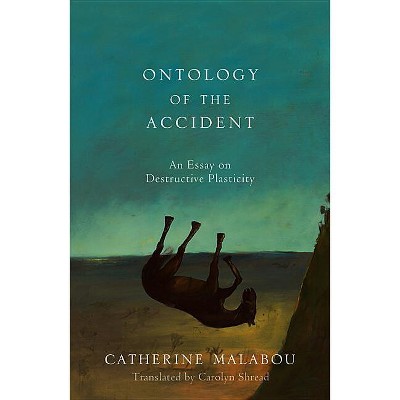
![Introduction to the Semiotics of the Text - (Semiotics, Communication and Cognition [Scc]) by Gianfranco Marrone (Paperback)](https://target.scene7.com/is/image/Target/GUEST_9627e70a-772d-4931-8243-efa36e3a9659)



![The Natural History of the Sign - (Semiotics, Communication and Cognition [Scc]) by Chris Barnham (Paperback)](https://target.scene7.com/is/image/Target/GUEST_9c4811ca-af87-4aad-a086-3f0346f0876a)
